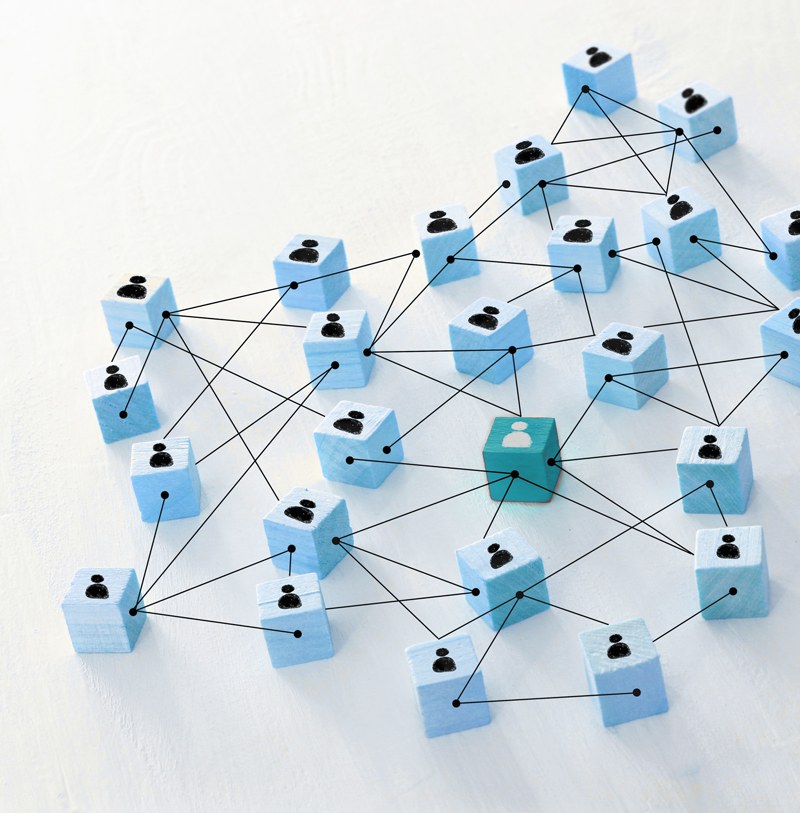Posted: October 19, 2020
“No matter how long you’ve known a child, there is always something new to learn. And, when you convey to children what you are learning about them, they know that you’re paying attention and that you care. A connection is formed” (Dombro, Jablon, and Stetson 2011).

Explicitly saying "I care," "I'm here," and then verbally noticing something about a youth can be very important to connecting and establishing a strong relationship with them according to Search Institute President and CEO, Kent Pekel. Apparently, what youth and adults consider as "caring" are not always the same things. Speaking at an Afterschool Alliance webinar, Pekel says the magic in the relationships is consistency, where the youth have the chance to go back to the same adults again and again and receive the same supportive, dependable interaction. He recommends OST staff use something called the 4S Interview to get at a person's "sparks," "strengths," "struggles," and "supports." This is just one system that out-of-school time (OST) professionals can use--there are many other ideas to help adults connect well with kids.
If connecting well with youth is something that you or your team are working on this fall, especially in the challenging COVID season where stress levels are high and physical distancing is straining relationships, you may find the newly launched On Demand course "School-Age Youth Programs: Positive Interactions, Positive Outcomes" to be helpful. Working through the content with others on your team allows for a group to pick and choose particular ideas to implement intentionally throughout a program. While not written specifically for COVID circumstances, this module has important recommendations for maintaining and strengthening relationships with youth through positive exchanges. And maintaining positive exchanges with each and every child in the program is something that Lisa Murphy, early childhood specialist, emphasizes as essential. "What will sustain us in [OST care] is not that we 'like' kids. It is that we are willing to find the threads of connection to everybody who walks in the space even though we don't see some of those connections right away. That is why we are good. That takes time. That takes observation, and that takes a willingness to stretch ourselves out of our comfort zone and meet the children wherever they are. Not where I want them to be. Not where they should be. Not where their brother was but where is this kid right here and right now."
References
- Dombro, Amy, Judy Jablon, and Charlotte Stetson. 2011. Powerful Interactions: How to Connect with Children to Extend their Learning. NAEYC.
- Pekel, Kent. 2020. "Panel: Caring for Children and Youth in Crisis: Using Evidence to Support Trauma-Informed Approaches to Healing in Afterschool." Afterschool Alliance Webinar, 10/1/2020.

